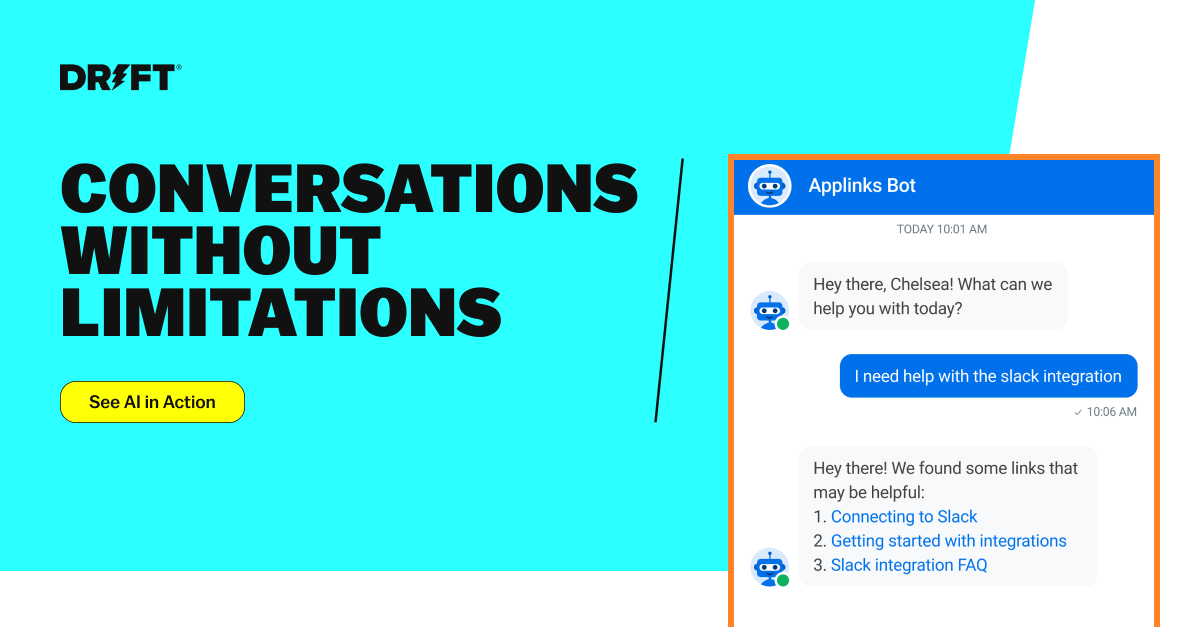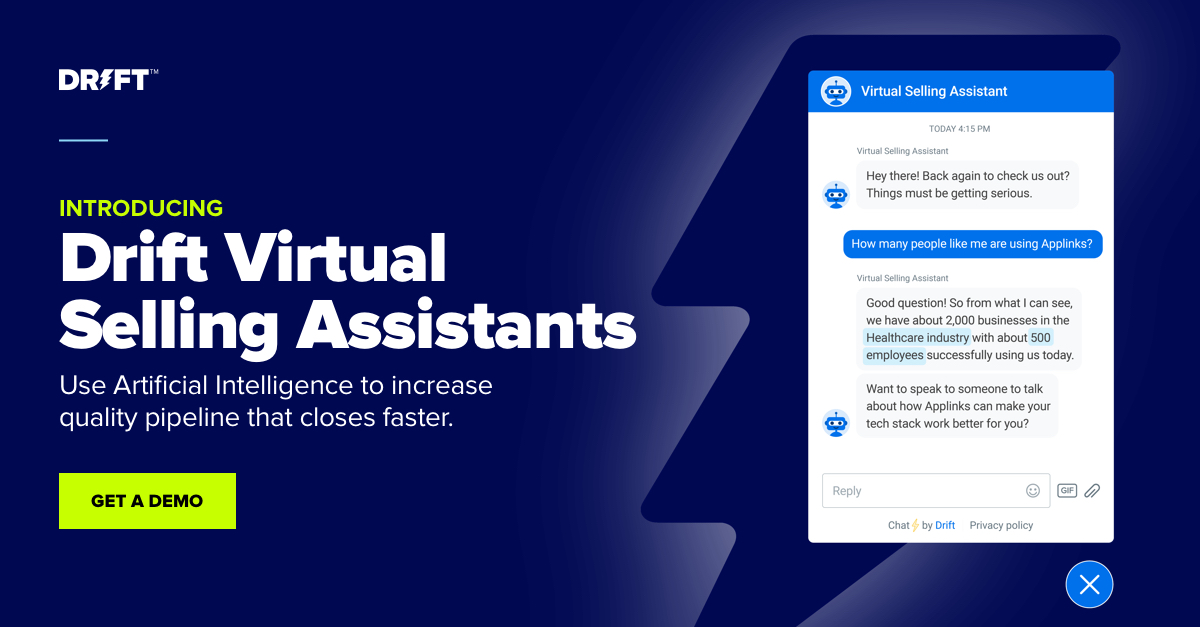Just when we thought 2022 couldn’t bring us any more surprises, a new artificial intelligence (AI) software rocked nearly the entire tech world.
ChatGPT, an AI bot developed by OpenAI, launched November 30. Its unique ability to answer questions, write code, and even compose poems has raised a lot of questions in the software space: Will it replace search engines? Will it replace jobs? Is ChatGPT dangerous? And what really is ChatGPT?
I’m here to break that all down.
ChatGPT Is Breaking Down the Barriers to Understanding AI
It’s no secret that artificial intelligence is a complicated subject. So complicated, in fact, that, in a recent survey, nearly half of B2B marketers said they still feel like beginners when it comes to AI.
This lack of confidence doesn’t come from fear. It comes from a lack of adequate education and training.
ChatGPT is changing all of that. It democratizes AI for everyday people and technology professionals alike. And it shows us all how well AI can absorb massive amounts of information and automate certain forms of content creation — like writing responses and stories. I’ll be honest, I’ve had my fun asking it questions, too.
I hope that this democratization generates more interest and demand for AI technologies because heightened awareness is a great thing. We believe strongly in the power of AI to improve efficiencies and generate valuable insights that personalize customer experiences.
But…ChatGPT Also Raises Concerns
Skeptics of the new AI bot worry about it being harnessed for negative reasons, like generating discriminatory content or hate speech. They also worry about potential underlying biases in the data the AI is trained on.
While ChatGPT is not trained to be evil, it seems that users can circumvent its safety guidelines by asking it to simply imagine it’s a bad AI.
ChatGPT’s response accuracy is also something to be wary of. While the bot can generate new content quickly, that content may not be customized and applicable to the user. This is why humans are still so important to the development of successful and trustworthy AI.
AI Needs Humans
In order to improve the quality of output, mitigate bias (and potential harm), and ensure response accuracy in generative AI tools, AI needs to include a human-in-the-loop process. This process ensures humans write the copy, review the AI’s responses, and teach it the mistakes it made so that the model can learn and improve.
That’s how Drift’s AI works. Drift’s Conversational AI uses a unique classifier that’s trained for every individual customer with human-in-the-loop processes. This results in an average response accuracy of more than 85%.
Think of humans as the ultimate guardrails. ChatGPT has guardrails, but they don’t always work perfectly — which is why Conversational AI will always need a human touch.
Now that we’ve gotten through the overview of ChatGPT, let’s get back to those questions from the beginning.
ChatGPT FAQ
1. Will AI Replace Search Engines?
AI bots are powerful, but they won’t replace Google or Bing anytime soon. They’re just not trained on enough information, nor can they retrieve and surface the source where they got that information.
Replacing search engines with AI would also require a drastic change in consumer behavior. It’s not impossible, but we’re likely a ways off from it.
2. Will ChatGPT (and AI in General) Replace Jobs?
Simply put, no.
AI is powerful, but it won’t replace jobs. It doesn’t have all the answers (at least, not yet). AI helps automate processes, but humans still need to supervise it in order to ensure the bots provide appropriate and personalized experiences to site visitors. After all, one bad experience is all it takes to lose a customer — or a potential customer.
3. Is AI Dangerous?
AI is powerful, but it’s not inherently dangerous.
As with all things, it can be used in harmful ways, but that’s why guardrails and audits are so important. Progress in this area already seems to be underway.
Final Thoughts
While it’s great to see all this experimentation with ChatGPT, and we’re hopeful that this will pave a path towards a future of AI-based conversations, it’s important for any organization using or selling AI products to take certain precautions. Remember to take the time to:
- Actively address and prevent bias,
- Intelligently implement and monitor AI,
- And use human-in-the-loop guardrails to reduce risk and maximize results.
With the right plan in place, and the right motives behind it, AI can be a groundbreaking tool. That’s why, whether you want to use AI for personal or professional reasons, it’s more than worth the effort to add AI to your toolbelt today.








